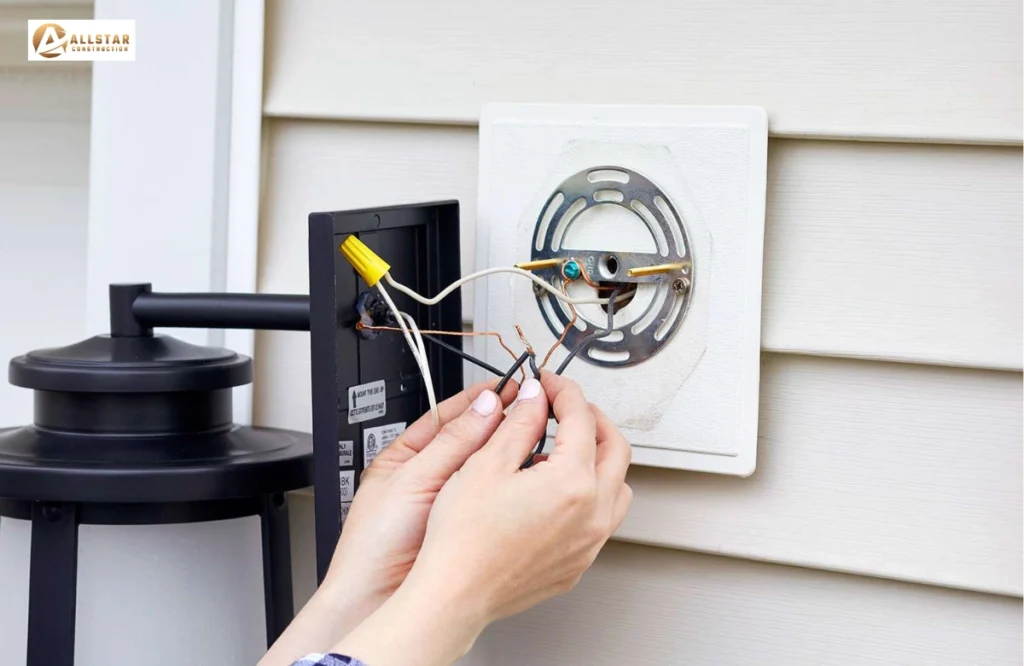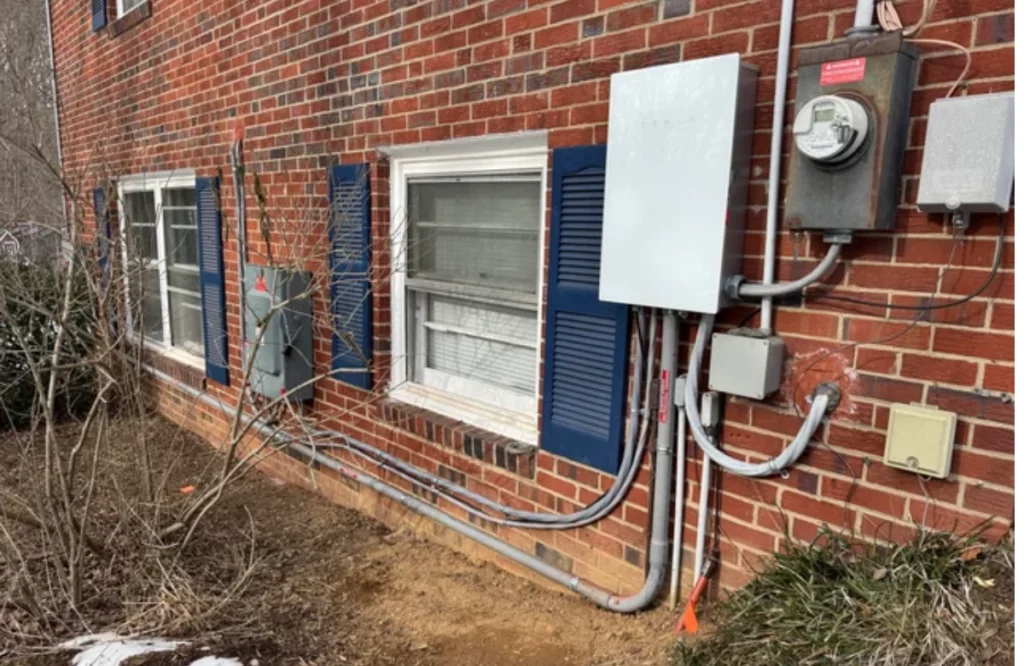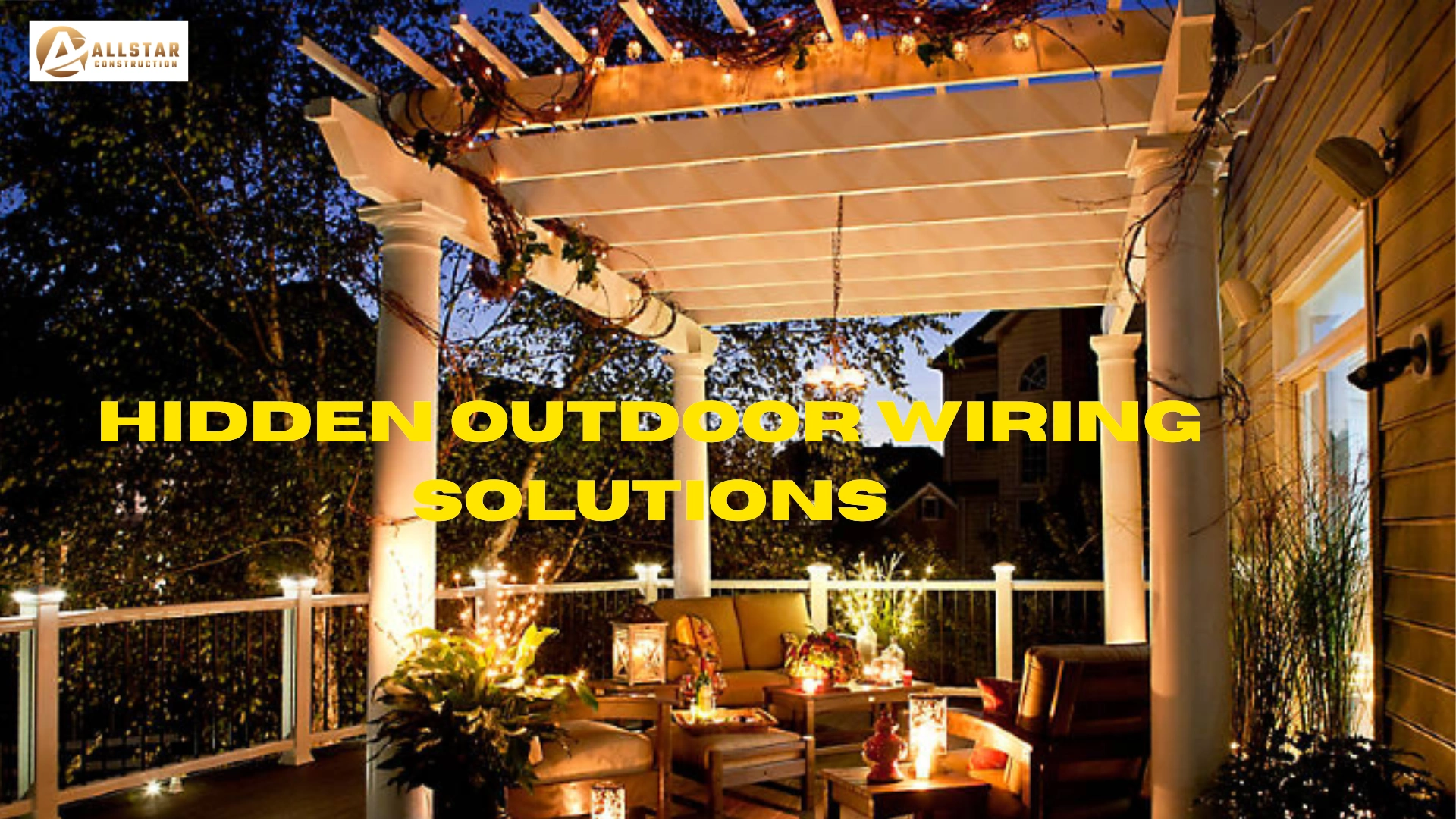A backyard should be a place of escape, a place where you can rest, have fun, and experience the outdoors. And yet is there nothing like a mess of naked wires to break that restful scene. Messy wiring may ruin the appearance of even the nicest yard, whether they are used on lights, speakers, or security cameras.
The positive thing is that there are safe ways, simple ways, and clever ways of concealing outdoor wiring. It is possible to maintain your yard useful and attractive with the proper planning and some smart tricks. This guide will take you through all that you need to know, including planning and materials, installation techniques and safety precautions.
Why Conceal Outdoor Wiring?
The Importance of Safety and Visual Appeal
Concealing out-of-doors wiring is not just a matter of appearance. Uncovered wiring is dangerous because it can cause tripping, and tend to be prone to electrical destruction as well as attract pets that may be curious. Hidden wiring also safeguards your family, makes your lawn look tidy and enhances the overall design of your outdoor area.
Common Outdoor Features That Require Wiring
- Lighting: Pathway fixtures, garden lights and string lights.
- Sound systems: Music and entertainment outdoor speakers.
- Irrigation systems: Smart sprinkler controllers and pumps.
- Security: Motion sensors, alarms and cameras.
- Outdoor living: Hot tubs, sheds and outdoor kitchens.
Risks of Exposed Cables
Wires that are not covered may easily get worn out by the sun, rain, snow and wind. They can be chewed and water will creep in posing a shock hazard. To add to that, loose cords that run over walkways are the formula of accidents and falls.
Planning Your Outdoor Electrical Layout
Assessing Current and Future Power Needs
Look beyond what you are working on. The power might be sufficient today just to have lights on, and tomorrow you might need power to have a hot tub or a TV outside. The time and money saved will be spent later, therefore think of the present and future needs.
Local Codes and Permitting Requirements
Check your local building codes before excavating or installing wires. A lot of places will need permits to install underground wiring, GFCI outlets or new circuits. Adherence to these rules will ensure the safety of your set-up and prevent expensive fines.
Mapping Out the Best Cable Pathways
Draw a rough map of your yard. Mark power sources, scheduled fixtures and paths. Store wires out of high traffic zones, water features and large tree roots. The better you plan the more orderly your installation will be.

Best Practices for Hiding Outdoor Wiring
Underground Conduits for a Permanent and Protected Solution
One of the safest is the running of cables underneath PVC or flexible conduit. It protects wires against the weather, pests and misfortune. Conduits are also convenient in future upgrades because one can again pull new wires without having to dig new.
Using Landscape Features to Your Advantage (Borders, Rocks, Garden Beds)
Stone borders, garden beds and decorative rocks may also serve as places where the wires are hidden. Install run wires at the foot of fences, or in the middle of flowerbeds, and have them covered with mulch to make them look natural. This best suits low voltage lighting and seasonal arrangements.
Running Wires Through Hardscape Elements (Walls, Pavers, Decking)
When constructing or renovating patios, decks, or retaining walls, do it with wiring in place. The conduits may be buried beneath pavers, hollow blocks or deck boards to ensure a smooth finish.
Materials and Tools You’ll Need
Types of Conduits
- PVC Conduit: It is cheap, durable and good in underground.
- Flexible Conduit: It is best suited to tight turns and short routes.
- Metal Conduit: These are ideal in places where extra impact protection is required.
Direct Burial Cable vs. Protected Cabling
The direct burial cables are made to be direct burial cables, that is, they are cables that directly enter the ground, although the cables are also given a conduit that further extends their lifespan. Armored in-conduit cabling is generally the more long-term option.
Waterproof Boxes, Junctions, and GFCI Outlets
Outdoor rated boxes and outlets are used to exclude moisture and maintain safety of connections. It is always advisable to use GFCI outlets that will cut off power due to an electrical fault.
Wiring Solutions for Common Backyard Installations
Low-Voltage Garden and Path Lighting
Lower-voltage (12V) systems are simpler to install, and safer to self-assemble. Wires can be buried on the borders, or under mulch, or in little ducts.
Outdoor Audio Systems and Hidden Speaker Wiring
Speaker wires may be buried in conduits, or they may be concealed in fences. To have a less cluttered appearance, wireless or Bluetooth speakers suitable to be used outside of the house should be considered.
Security Cameras and Motion Sensors
Cameras and sensor wiring must be concealed and with security. Install conduits along the walls, lay cables within soffits or select PoE (Power over Ethernet) variants to minimize the number of wires.
Powering Outdoor Kitchens, Hot Tubs, or Sheds
The powerful systems take special circuits and expert installation. The wiring must be concealed in conduit and connected to breaker panels outside of the house.
Temporary or Semi-Permanent Options
Cable Concealers and Cord Covers for Seasonal Setups
Surface-mounted cord covers are fast in installation in case you employ string lights or holiday decorations. They cover the wires against wear and minimize the possibility of tripping.
Solar-Powered Devices as a Wire-Free Alternative
Solar garden lights, fountains and even a few security systems do not work with wiring at all. They are environmentally-friendly and suitable in regions that are miles away.
Wireless Control Systems to Reduce the Need for Extensive Wiring
Smart plugs, Wi-Fi switches and wireless remotes reduce the wiring of plugs. They even help in making the management of your backyard set-up easier.

Safety and Maintenance Tips
Regular Inspections for Moisture, Wear, or Rodent Damage
Test check wires and outlets every 6 months or so. Search for wear, water, or chew. Early detection will result in large-scale repairs.
Proper Labeling and Access Points for Future Repairs
Label every circuit or junction box as to what it serves. Provide convenient access to junction points so repairs can be more easily made.
Avoiding DIY Mistakes That Compromise Safety
The most common ones are to use cables that can be used indoors and are used outdoors, the omission of the GFCI protection and overloading the circuits. In any cases, contact a registered electrician.
Hiring a Professional vs. DIY
When It’s Smart to Call an Electrician
- Installation of hot tub circuits, sheds or kitchen circuits.
- Conduiting underground power close to utilities.
- Dealing with complex projects having several connections.
DIY-Friendly Projects You Can Tackle Safely
- Installing low voltage lighting.
- Using solar-powered devices.
- Placing the cover of the cords and cable covers.
Cost Considerations for Each Approach
Do It Yourself projects are more affordable but they might not be as durable. Professional installations are more expensive, but will be durable, safe, and adhere to the local codes.
Conclusion
An yard without clutter is more welcoming. Subsurface wiring will ensure the attention is not drawn to cables that are untidy. Proper conduits, waterproof boxes and quality materials cost less in the long run due to less repairs and replacements. Plan with the future in mind. The introduction of conduits now implies that it is easy to upgrade it later when adding features.
A backyard is a place of comfort, safety and beauty. Covering your outdoor wirework helps you make a practical area that is equally beautiful.
To explore more, visit All Star Construction Group.
FAQs
The cables that have direct burial rating may be buried directly in the ground, however, with the help of a additional protection against moisture, pests and future damages can be provided.
Local codes impose 12-24 in. burial in most cases depending on the type of wire and depending on the conduit. Before digging be sure to check building codes on your city.
Low-voltage (12 V) lights may be buried beneath mulch, or along borderlines or through shallow trenches with conduit to provide extra protection.
No. Extension cords are intended to be temporary. Outdoor power should be permanently installed using out-of-door-rated wiring complete with GFCI outlets.
Place outlet covers that are weatherproof and be sure to have GFCI outlets that are installed.


